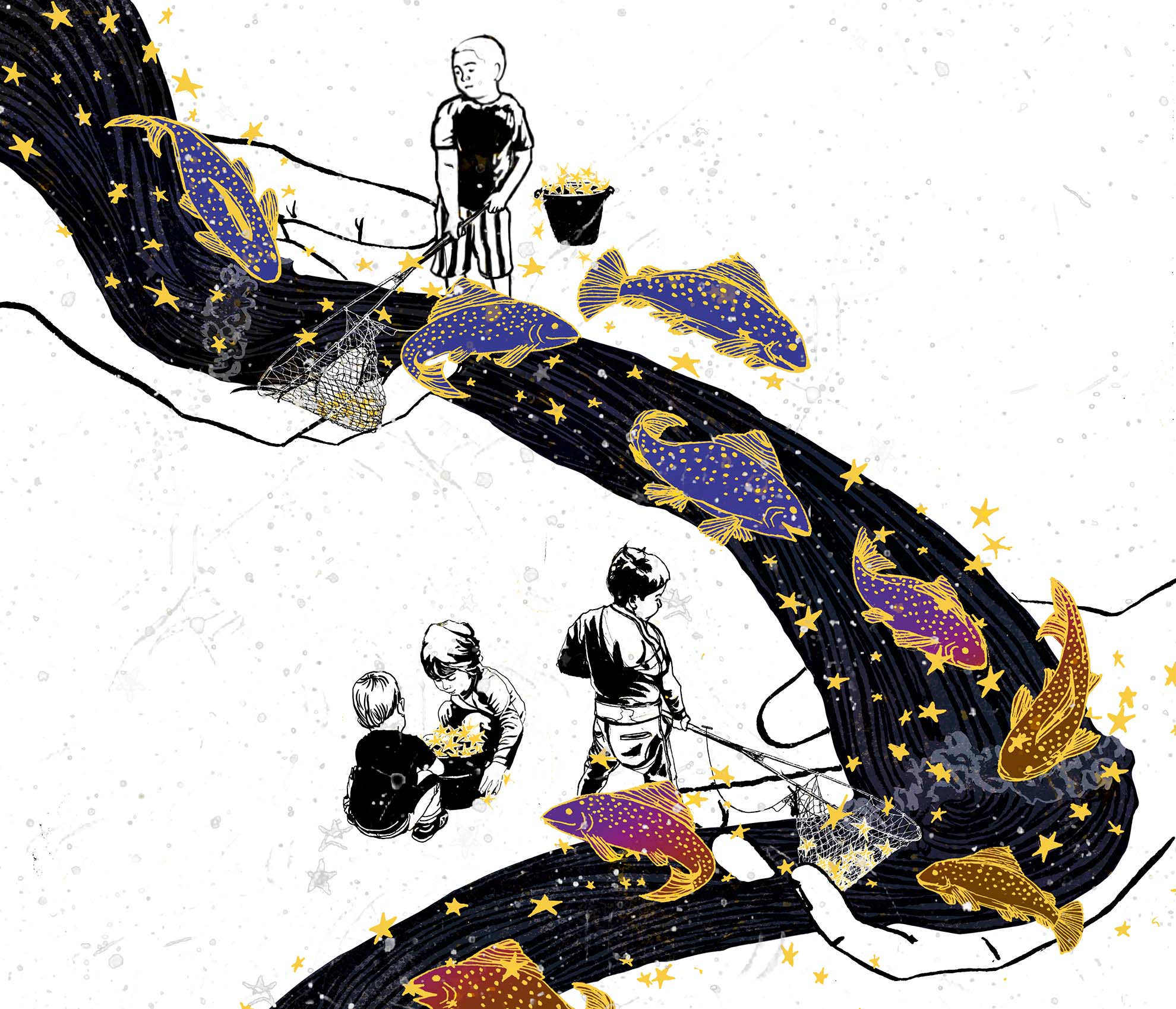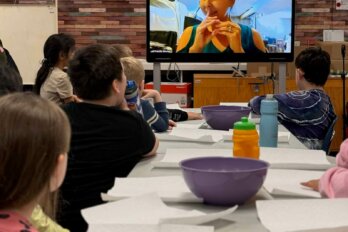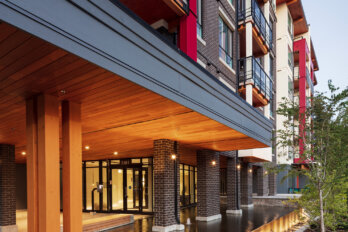A few years ago while supervising an education student completing a practicum at a high school north of Winnipeg, Frank Deer found himself standing in the middle of a frozen lake.
The University of Manitoba undergraduate whom Deer was supervising was teaching in his home community of Fisher River Cree Nation and had decided to take the class out ice fishing on Lake Winnipeg—working with Elders and Knowledge Keepers as a team to set nets into the water.
“They finished this exercise and this young man brought everybody, all the students together with these community members, in a debrief in the adjoining forest,” Deer said.
“He didn’t do this because he had a professor at the university encouraging him. Instead, he had his own experiences as a member of that Cree nation and the advice of trusted members of the community.”
Deer—who is the associate dean of Indigenous education at UM and is Kanienkeha’ka from Kahnawake—points to that experience as an example of the enriching learning experiences that Indigenous teachers can bring to classrooms.
The university is in Winnipeg, located where the Red and Assiniboine Rivers intersect, which has a rich Indigenous past and present—with its name originating from the Western Cree words for “murky water”: win-nipi.
A national teacher shortage
While Winnipeg is located on Treaty 1 homelands, people from Indigenous communities across Canada now amalgamate here, and the city has the highest urban Indigenous population in the country at more than 100,000.
But while there is a lot of knowledge to be shared from the people whose homelands the country is built upon, most students in the city’s schools still won’t get the chance to learn from a First Nations, Métis, or Inuit teacher.
The most recent statistics from the province show that within Winnipeg’s six school divisions, 16.9 percent of the student population identifies as Indigenous, compared to just 8.6 percent of teachers.
Heather McCormick is the education and training committee co-chair for the Winnipeg Indigenous Executive Circle (WIEC), an organization that supports the city’s urban Indigenous people; the committee has drafted two reports on the state of equity in education.
According to their research, an estimated 600 to 700 Indigenous teachers would need to be hired in Winnipeg public schools in order to bridge the gap, which would take almost two decades to achieve at the current rate of graduation from post-secondary institutions.
“The committee decided we wanted to take some concrete actions and we thought the best way to do that was to create the report that we had that spoke specifically to the issue in Winnipeg,” said McCormick, who is Métis.
“We have the largest [Indigenous] population in Canada, but the teacher shortage is across Canada, not just in Manitoba.”
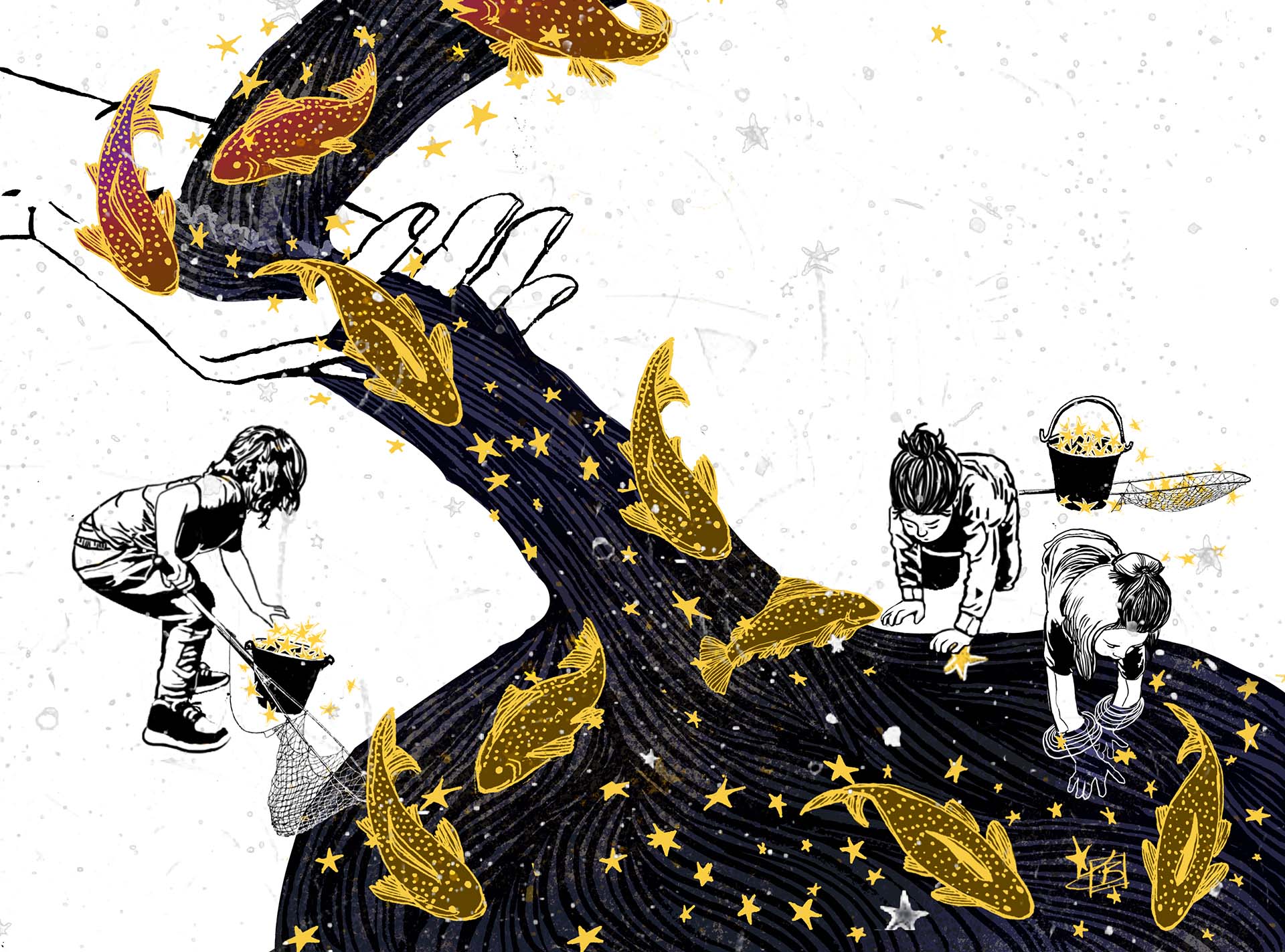
Education is key to reconciliation
Like the rivers that cross provinces, the shortage of Indigenous teachers is something that resonates across the country as school districts and groups in every corner of Canada have identified a similar issue—one that undoubtedly results from ongoing trauma connected to education that stems from residential schools, as well as colonial curriculums and a general lack of cultural safety in public education.
In 2015, the Truth and Reconciliation Commission’s final report also highlighted the need for more Indigenous knowledge in schools, with Senator Murray Sinclair famously saying: “Education is what got us into this mess—the use of education at least in terms of residential schools—but education is the key to reconciliation.”
Various efforts have been made to make Sinclair’s vision a reality, but many of them have existed apart from one another. This is why the Rideau Hall Foundation, a Canadian nation-building charity, has announced it is investing $45 million into significantly growing and supporting the numbers of First Nations, Inuit, and Métis educators across Canada with a goal of 10,000 new teachers.
“We believe in the significant role that Indigenous teachers can have in transforming the lives of youth.”
Working in various partnerships, the RHF hopes to drive transformation in education across Canada by supporting Indigenous-led teacher education pathways and strategies. These collaborative efforts have been made possible by the Mastercard Foundation’s support in 2021, and are anchored on transformation and innovation by, with, and for Indigenous youth and teachers.
Bill Mintram, RHF’s director for Indigenous and Northern relations, explained that the foundation hopes to tread gently, helping communities themselves build capacity in the ways they see fit rather than stepping in with its own directives.
“So it’s not us leading and directing what needs to be done, but really being cognizant of what are the community’s needs, what’s the community’s vision?” said Mintram, a graduate of the Saskatchewan Urban Native Teacher Education Program (SUNTEP). “We’re doing this because we believe in the significant role that Indigenous teachers can have in transforming the lives of youth, and the ripple effect that will have on the generations to come.”
Connecting the dots
The foundation has met with most of the Indigenous teacher education programs that exist across Canada and they supported Indspire’s National Gathering for Indigenous Education in Winnipeg last November. Beginning with an effort to establish a national data baseline of “where is here?” in terms of First Nations, Inuit, and Métis teacher graduation rates, the RHF will also host its own summit in June 2023 to engage key change agents and community leaders in First Nations, Inuit, and Métis education at a national level.
A national advisory committee, led by co-chairs Roberta Jamieson and Mark Dockstator, is leading the work. Committee members are leaders, luminaries, and subject-matter experts with deep and multifaceted experience in the area of First Nations, Inuit, and Métis education who are committed to advancing this shared goal.
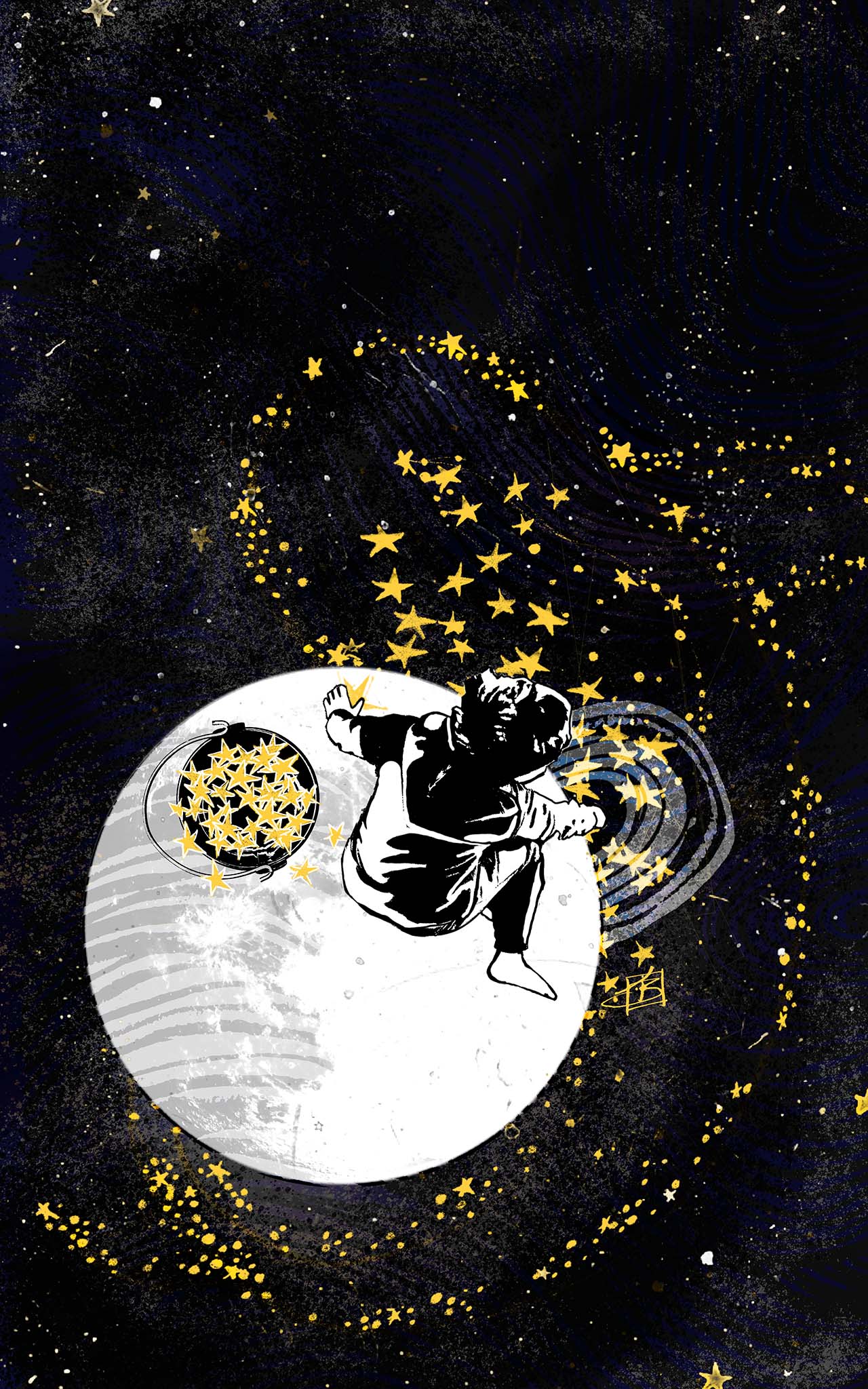
Connecting teachings from the many existing innovative and decolonial programs that already exist to attract Indigenous candidates will be key. For example, the program from which Mintram graduated, SUNTEP, emphasizes the Michif language and anti-racist educational approaches—prioritizing the graduation of Métis teachers. And another Saskatchewan-based initiative, the Dene Teacher Education Program (DTEP), has a similar emphasis focusing on graduating Dene teachers who can pass on their knowledge of language.
Up north, Nunavut Arctic College has a program that allows Indigenous students to pursue their degrees without taking on the additional burden of leaving their remote home communities. At McCormick’s WIEC, they’re developing their own community-based teacher education program that would prioritize urban Indigenous people.
According to McCormick, while Indigenous students and youth are the foremost priority for the organization, they share the belief that increasing the number of Indigenous teachers will benefit everyone.
“It’s also critical for the other students in the schools to see Indigenous people in these positions so we can start to have a more honest view of what’s happened historically,” she said.
“Because there are still a lot of stereotypes and assumptions that happen and systemic racism that happens in our institutions.”
Deer said that at UM, he knows that recruiting hundreds more Indigenous teachers will take hard work, but he feels hopeful that it’s something that is possible.
As a former teacher himself, he knows how rewarding the career path can be and that the opportunities are endless when it comes to incorporating Indigenous ways of knowing into schools.
“It’s going to take a great deal of collaboration to ensure that we are drawing from a group of interested students here at the university who wish to pursue education as a career,” he said.
“And to work with communities to ensure that their youth know that being a teacher in a school is not just a viable career option, but one from which they can draw meaning.”
VISIT RHF-FRH.CA FOR MORE INFORMATION

